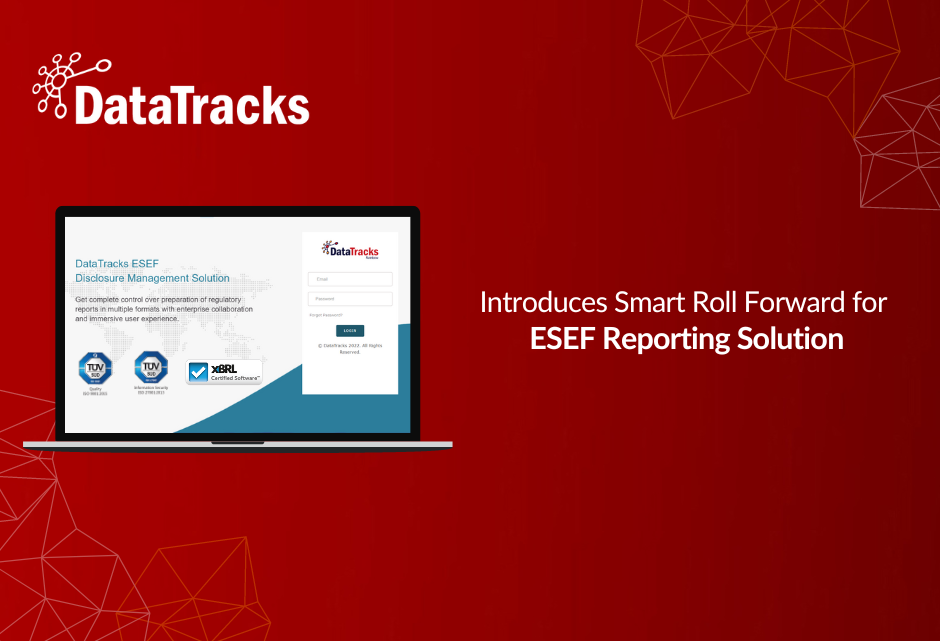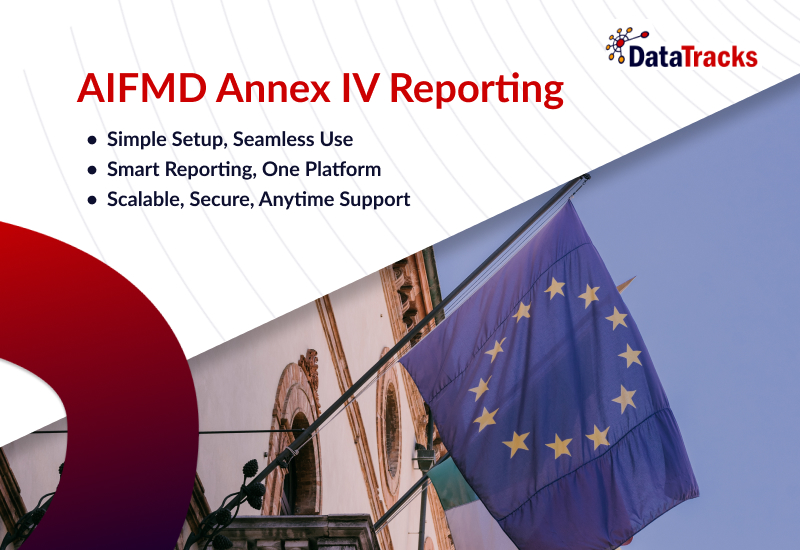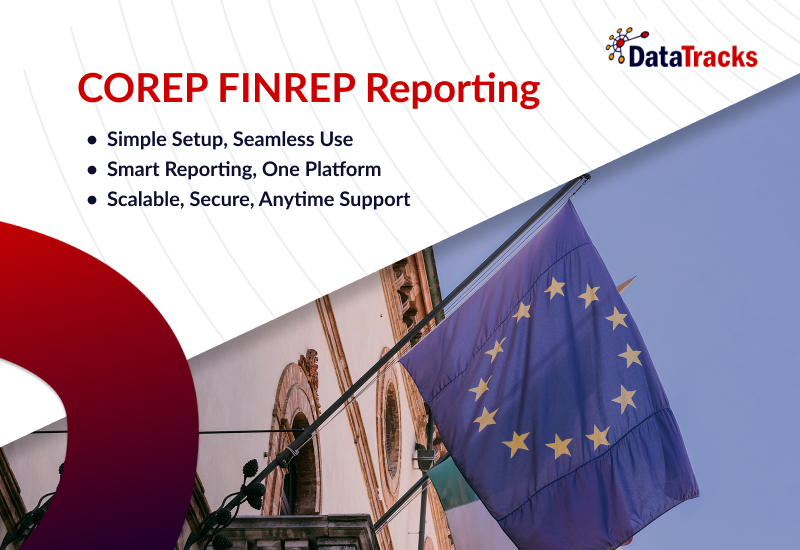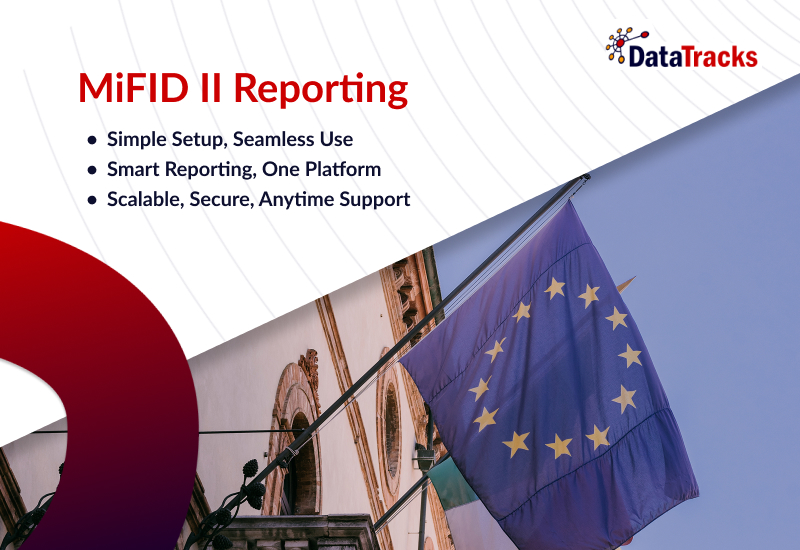The Markets in Crypto-Assets Regulation under EBA
Complete Reporting Infrastructure for ART and EMT Issuers Under EBA
The Markets in Crypto-Assets Regulation under EBA
Complete Reporting Infrastructure for ART and EMT Issuers Under EBA
MiCA: What Is Mandated?
Under the Markets in Crypto-Assets Regulation (MiCA) – mandated by the European Banking Authority (EBA) in June, 2024, the regulation primarily focuses on stablecoin issuers, particularly:
- Asset-Referenced Tokens (ARTs)
- E-Money Tokens (EMTs)
Issuers must submit recurring XBRL reports to their National Competent Authorities (NCAs), using a standardised set of templates which include:
- Reserve of assets
- Own funds
- Liquidity and maturity profiles
- Transactions and daily averages
- Significance assessment indicators
- Token holders and CASP-sourced data
Who Must File?
- Stablecoin issuers (fiat-backed EMTs)
- Asset-referenced token issuers (ARTs)
- ET-money institutions issuing EMTs
- Credit institutions issuing ARTs/EMTs
- All issuers exceeding the EUR 100M threshold, plus those below if required by their regulator
- Significant token issuers, with expanded reporting ranges
Introducing Glacier: Your MiCA XBRL Reporting Engine
DataTracks Glacier is our cloud-based solution which automates the full workflow for MiCA ART/EMT reporting – from data collection to final XBRL instance creation – ensuring accuracy, consistency, and regulatory alignment.
Key Features
Complete Coverage of EBA ART/EMT Requirements
DataTracks Glacier supports all MiCA templates issued by EBA, including reports on:
- Reserve composition
- Liquidity buffers
- Capital & own funds
- Governance & risk metrics
- Token issuance, redemption, and transactions
Automate XBRL Conversion with Zero Technical Burden
Upload your data in Excel, CSV, API – and experience the power of automation as DataTracks Glacier converts everything into fully compliant XBRL tagged documents aligned to EBA’s reporting frameworks.
EBA Filing Rules Built-In
DataTracks Glacier validates every line of data for:
- Filing syntax
- Precision rules
- Structural compliance
- Data integrity
Robust validation engine
DataTracks Glacier comes with a comprehensive validation engine that can thoroughly check data and easily trace errors to specific templates for efficient troubleshooting.
DataTracks Glacier Is The Trusted Compliance Companion for MiCA Reporting
- Reduce recurring reporting time by 70%
- Achieve complete alignment with EBA templates and updates
- Maintain consistency across high-volume periodic filings
- Protect your regulatory standing through flawless reporting
If you’d like to know more about how we can help you stay ahead and compliant with MiCA, reach out to us here and if you’d like a demo of DataTracks Glacier, click here.
Featured Content
What is ESEF Reporting?
ESEF stands for European Single Electronic Format. It is a new reporting format for public companies in the European Union that requires them to publish their annual financial reports in a single, electronic format. ESEF is designed to improve the transparency and comparability of financial reporting across the EU.
Which companies need to comply with the ESEF tagging mandate?
What are the requirements for preparing an ESEF iXBRL report?
ESEF iXBRL reports must be prepared in XHTML format, with IFRS consolidated financial statements tagged using XBRL. The XBRL tags must be embedded in the XHTML document using Inline XBRL technology.
Who is affected by the ESEF reporting requirement?
The ESEF Reporting Requirements affect all issuers whose securities are admitted to trading on regulated markets within the European Union (EU), as well as all issuers who are required to prepare consolidated financial statements in accordance with International Financial Reporting Standards (IFRS), unless they are small and micro enterprises (SMEs) and their securities are not admitted to trading on a regulated market.
What does the ESEF regulation mean for auditors and supervisory boards?
The ESEF regulation focuses on publishing annual financial reports, with compliance extending beyond converting audited data into electronic format. The ESEF-RefE emphasizes third-party verification of accuracy. Although the EU Commission handles the audit, auditors and supervisory boards play a crucial role in confirming tag accuracy. At DataTracks, we assist auditors for precise ESEF reporting, enhancing overall financial disclosure quality.

















